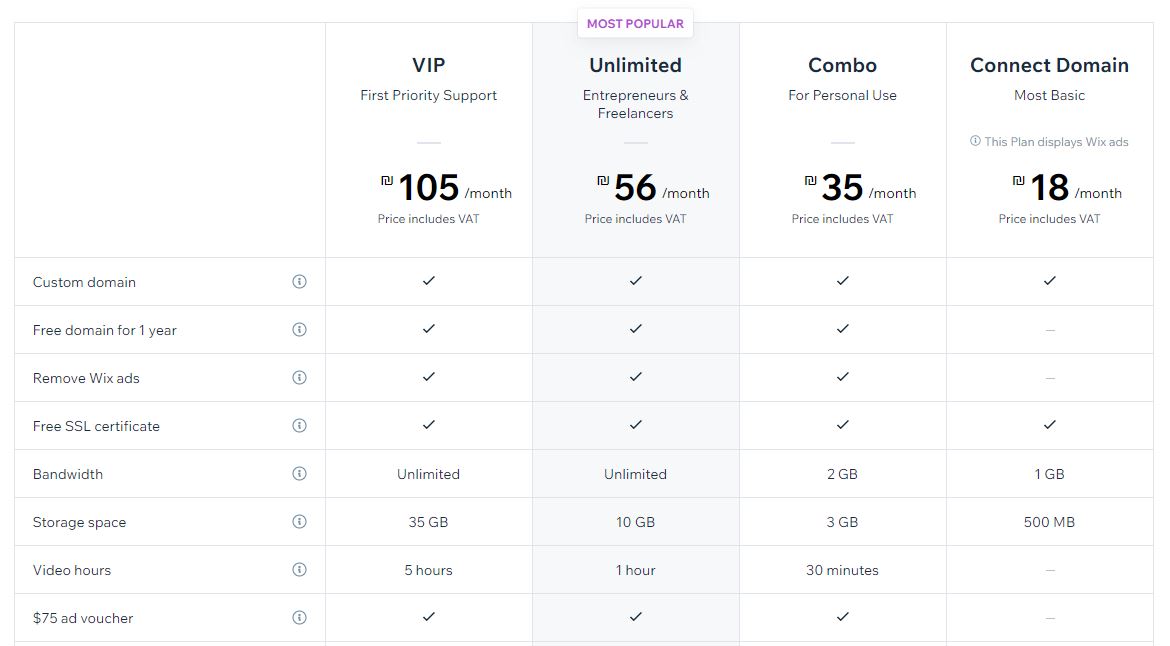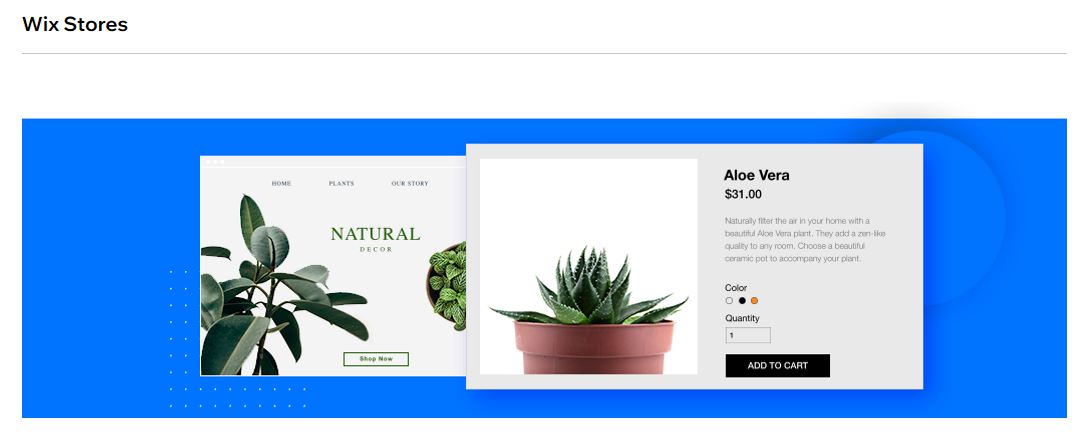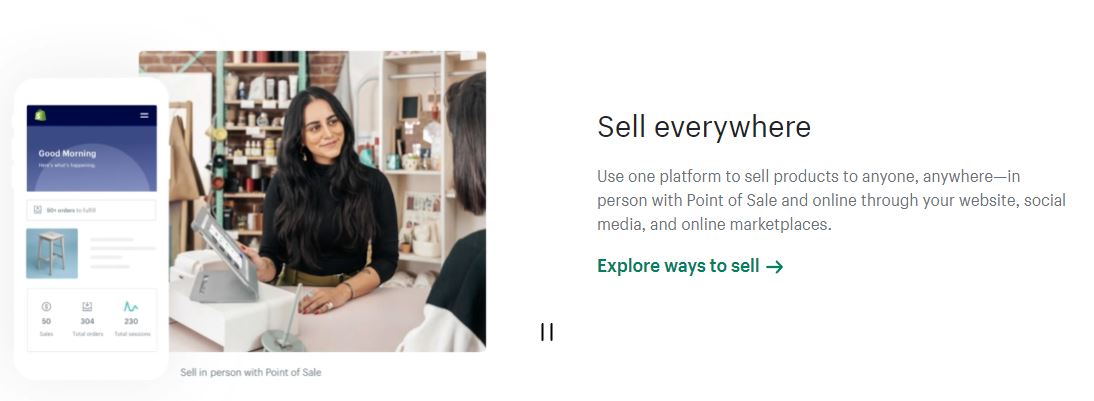No products in the cart.
Uncategorized
Shopify and Wix top eCommerce website builders, but who wins?
SHOPIFY VS WIX
When it comes to the title of top eCommerce website builder, Shopify and Wix have been competing for head to head. Both platforms earn more than 4.5 ratings out of 5, but Wix takes the top spot with 4.7 stars! While Shopify is more powerful, Wix gives you a lot more creative freedom to build your site.
Share This

Wix is easy-to-learn & use:
Many reviewers and even sellers recommend WIX OVER SHOPIFY for small businesses and reliability. At the same time, SHOPIFY is more beneficial for giant companies. However, it is more costly and more challenging to learn. While this is good if you require a lot of power, it’s not great if you need to get up and running quickly. Putting your imprint on any of Wix’s 800+ templates, on the other hand, is simple thanks to its drag-and-drop capabilities. Support Service is accessible 24 hours a day, seven days a week through phone and live chat. When you own a shop, you are never alone.
Payment Systems:
Wix allows you to launch your business for as little as $23 per month. There are no hidden fees, and plans contain everything you need to sell online, and Shopify is an industry leader in built-in eCommerce capabilities. Apps like Ecwid can be installed and ‘plugged in’ to your store, providing you with extra eCommerce options. However, Shopify does not allow this. Payment choices include PayPal, Stripe, and Shopify’s fully integrated payments system.
It’s handy to get carried away with Wix’s creative flexibility and neglect to follow eCommerce design best practices. In Shopify, Apps, premium themes, transaction fees, and your monthly membership may all add up.

Overall Ratings and Score:
Wix has an overall score of 4.7, whereas Shopify has a score of roughly 4.6. Many people believe that Wix is the ideal platform if selling online isn’t your primary goal. It’s a compliment to a previously established website, but Shopify excels in anticipating and predicting what a merchant could want next in all elements of website creation.
Store Building and Time Investment:
Because of all the interactive components, many people found Wix to be much easier to use. I was looking at the Shopify Sidebar and couldn’t tell you which portion was which, whereas Shopify is the converse of Wix, where the inventory is excellent, but the design is more challenging. Wix’s drag and drop format and design makes it easy and an incredible winner to construct a store in no time, and it’s excellent for newbies. Still, Shopify’s store setup is a win with merchants, but its clumsy editor isn’t intuitive and lets it down, which is a huge downside.
When it comes to selling online, time is money. The less time you have to utilize on building and on managing your shop, the more time you have to acquire and serve new consumers. While Shopify is incredibly user-friendly, our participants deemed Wix 14 percent easier to use than Shopify in user testing, crowning Wix the victor of this round!

Why Is Wix Easier to Use?
- Shopify is a sophisticated eCommerce platform created primarily to create online businesses, yet this might work against it at times. Unlike Wix, its editor isn’t user-friendly, and users must switch between the front and backend to modify.
- Wix, on the other hand, handles everything in one location. Although its editor might be a little intimidating at first, being able to drag and drop pieces into position makes designing your business quick and easy.
- Even better, Wix is a What You See Is What You Get (WYSIWYG) editor, which states you can see actually what your pages will look like in real-time as you make changes.
- Wix will direct you to your chosen template when you begin developing your store. With the power of your cursor, you can alter every piece to reflect your brand from here.
- Every Wix eCommerce template has a store page by default. When you’re ready to add your items, change the demo listings by clicking on them. You can also quickly create a collection to put goods together for a better customer experience.
- Shopify is better suited to larger shops and makes adding many goods much more efficient. This is because it is a specialist eCommerce solution that focuses on selling and product management. However, its clumsy editor has its own set of issues, letting it down altogether.
- Because of the higher learning curve, Wix comes out on top, receiving a 4.0 out of 5 for simplicity of use, while Shopify receives just a 3.5.

FROM DESIGN TO RELIABILITY: A VERDICT
Wix is the true winner in terms of usability. Wix is well-known for its ease of use when it comes to editing, so you can have your store up and operate in no time. It may not have the same e-commerce capabilities as Shopify, but it will save you a lot of time.
In terms of DESIGN FUNCTIONALITIES again, Wix wins with the ratings of 4.0 while Shopify has ratings around 3.9 only. The first and foremost point is to determine whether your business will appear well on all devices. Mobile commerce/business is on the rise, with 45 percent of customers indicating they have increased their usage of mobile phones for online shopping since March 2020. Both Shopify and Wix themes are mobile responsive, which means your store will function properly regardless of the device your consumer is using.
When it comes to PRICING, once again, Wix wins with its’ cheaper plans with fewer extra costs than that of Shopify. Wix is the less expensive platform, with rates starting at $28 per month vs. Shopify’s price of $29 per month. If you pick an annual subscription, Wix will provide you with a free domain name for the first year. Unless you utilize Shopify Payments, the company’s in-house payment processor, Shopify charges transaction fees, whereas Wix does not.

Neither platform will display advertisements on your site, and both will allow you to sell an infinite amount of things. We recommend opting for one of Wix’s yearly subscriptions to get the best bang for your buck. This decreases your monthly cost to $23 and enables perks not available on the monthly plan, such as a free domain and $300 in-ad coupons. Wix is more cost-effective than Shopify. The more complex your business, the more you’ll love being on a Shopify plan – yet Wix eCommerce provides lots of scalability at a lower cost.
Shopify displays its e-commerce capabilities in this category, achieving an excellent 4.5 out of 5 in our analysis. Wix isn’t nearly as strong as Shopify, but it’s not far behind with a score of 4.4. You still have a unique set of eCommerce options at your disposal. Shopify is the clear victor in sales features, but context is critical. Wix has everything you need to sell online. If you don’t want to create a business or sell many things, Wix is ideal – but Shopify is excellent for more complicated web enterprises.

PAYMENT AND SHIPPING:
Shopify supports over 100 different payment gateways. However, Square is not one of them. You will also be charged transaction charges unless you utilize Shopify Payments, the company’s payment channel. Furthermore, Shopify also allows retailers to offer tipping at checkout, as well as modify the verbiage to request donations to your business or preferred charity. Wix accepts all standard payment methods, such as PayPal, Stripe, and Square, but does not accept digital wallet amounts and payments such as Apple Pay and Amazon Pay. Having said that, it does offer its in-house payment option called Wix Payments and does not charge transaction fees regardless of whatever payment gateway you choose. Compared to Shopify, the lack of transaction costs allows you to keep more of your money.
Shopify assists you at every stage of the complex shipping process, from giving free delivery to integrating with different shipping suppliers. Shopify also helps businesses provide more flexible and contact-free shipping alternatives, such as curbside pickup and neighborhood delivery. To summarise, when you use Shopify to organize shipping, you are never left in the dark.
Wix allows you to track orders, create tax laws for each good, and use dropshipping. However, applications will be required to assist with global shipping payments. However, Wix also has an app interface with ShipStation, a shipping system that simplifies the process of mailing items to eCommerce clients.
Shopify outperforms Wix once more, this time with its sophisticated shipping tools. Shopify provides the capabilities to deliver orders to your consumers in any way you want – including local delivery, curbside pickup, or international shipping – whereas Wix is more reliant on applications.

TAXATION:
Wix lets you set and disable taxes, in corporate tax in the product pricing, and do other things. Install the Avalara app, an automated tax software tool that allows you to determine real-time tax rates.
As you might think, Shopify provides you a lot of flexibility over your tax settings — you can even set it up to do routine tax computations for you to save time and decrease brain-ache.
Avalara AvaTax, which automates your tax computations and the tax filing procedure, is also available to Shopify Plus users.
Conclusion:
No matter what, everything comes with its’ own pones and cons. One thing has a certain disability or lacks something that never means it can not beat the other. The same is the case with Shopify and Wix; in some perspectives, which is unbeatable, and in others, Shopify is performing fantastically. In short, Shopify is the best app for large businesses or merchants, while wix is helpful for small businesses.
If you are just starting out online, then you cannot go wrong with Bluehost shared hosting plan, click here to select your Bluehost plan.





I use Bluehost services to host my personal blog. I use WordPress, and Bluehost has a great deal with them, so it’s incredibly affordable. Their online tutorials or explanations are always pretty clear. I haven’t expirienced issues at all with Bluehost. I will continue to use Bluehost and enjoying their services!